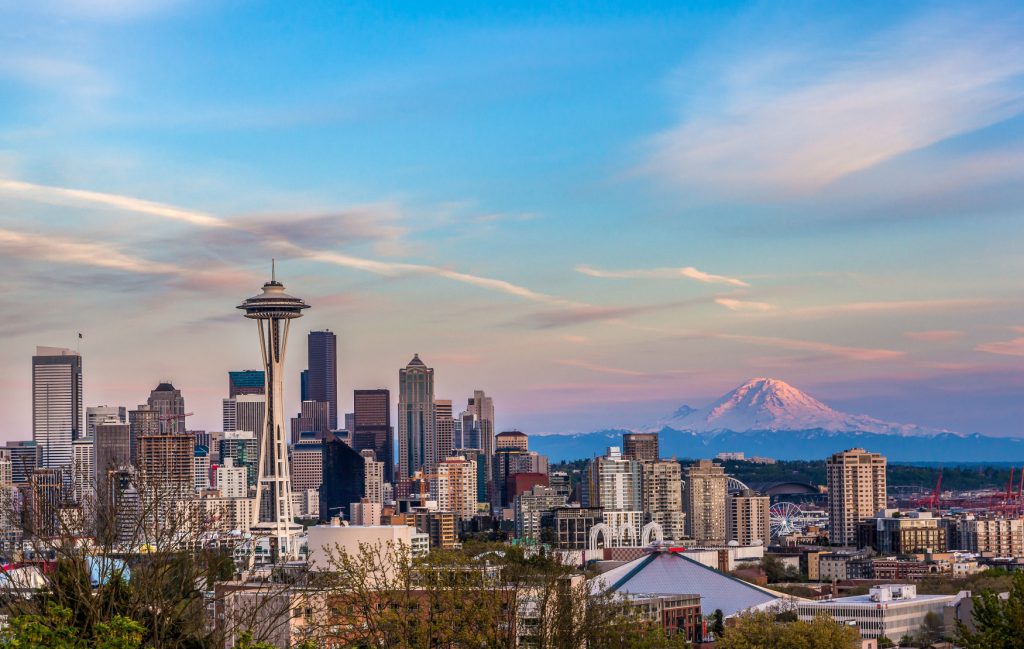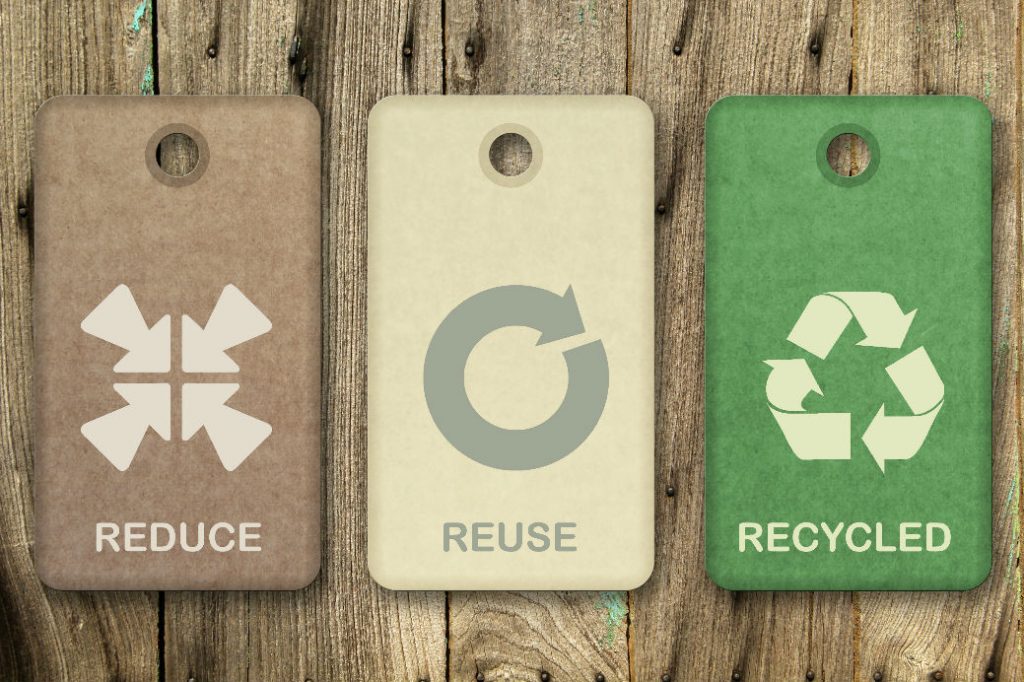Infuse some green living into your lifestyle, while saving money at the grocery store
By Kristin Bentley
The trends of society have, thankfully, led us to live a healthier lifestyle, from the way we eat and exercise, to how we take care of our planet. Green cleaning products, household items made from bamboo, and electric vehicles just name a few.
My husband is in the Army, and after living at Fort Benning for twelve years we PCS’d to Fort Lewis, Washington, a little over two years ago, exposing us to Pacific Northwest living. The rocky beaches and mountains are breathtaking, and the people are almost as friendly as in the south. However, one big difference we have noticed living on-post is that recycling is not suggested but required. In fact, our “recycling bin” – if one can call it that – is a lidded garbage can that is larger than our regular can.
Living only 38 miles south of Seattle, we have learned that it is true that the city’s image is as green as the moss that inhabits our Northwest backyards, and with very good reason. The city is known as a national leader in recycling and hydropower, and scores high points on the “green city” list. To say that Seattleites possess the epitome of green-mindedness would not be a far stretch.

Seattle, Washington is known as a national leader in recycling and hydropower, and scores high points on the “green city” list.
This is even threaded into the Emerald City’s architecture. When local architects and real estate developers present their plans to the city for new projects, they are required to plant trees and greenscapes on streets that are designated “green streets.” They also must improve city walkability by designing open sidewalks that invite pedestrians into the space. While attending design meetings, I have heard city officials agree countless times that by doing this, the city is maintaining its green footprint by providing healthy living to its residents and workers.
A few years ago, one Seattle real estate developer introduced new energy-efficient technology when it broke ground on a residential building, potentially changing the way buildings are constructed. Prefabricated panels are constructed offsite then brought onto the site for installation, where they go up faster with virtually zero construction waste and allowing the use of sustainable materials and systems.
Once completed, these sleek and sophisticated buildings are also self-sustaining, providing residents solar heating and reducing its’ energy footprint by a whopping 85 percent. In an interview, architect Matt Grunert of CollinsWoerman in Seattle told me that the firm went on a journey to figure out how they could provide cutting-edge efficient living to average people for a reasonable price. That journey has certainly been successful! The architect firm is planning its second project, a 440-foot residential tower, scheduled to break ground in Seattle within the next year. Potentially, the firm plans to begin designing new buildings throughout the country.
Green Living Ideas
While much can be said for the sanctions taken by city officials, businesses and citizens of Seattle, it is possible for all of us to improve our green footprint with just a few tips.

Senior scientist Dana Gunders of the Natural Resources Defense Council, and author of The Waste-free Kitchen Handbook, says every year Americans throw away nearly 40 percent of their food. To lower this percent, she offers the following tips for green living.
Only purchase food that you have plans to use.
Research shows that people are not comfortable with empty white places on plates or in refrigerators. There’s this urge to fill those spaces with food. In our culture, throwing food out is acceptable.
Buy frozen fruits and vegetables.
These are the number one food that is thrown away because it often goes bad sitting in a refrigerator too long before it is eaten. If you need small amounts of specific fruits of vegetables, buying them frozen will keep it from rotting. They have almost the same nutritional value without the pressure.
Be realistic.
Many people buy all these groceries on the weekend because they’re feeling aspirational about how much they are going to cook. But by Wednesday, life has happened and they’re ordering takeout. Then the broccoli goes bad. Instead, plan for that. If you can, shop often and buy less.
Use a shopping list or an app.
Make your grocery list while home, so you can see what you already have and determine what you need. While at the grocery store, take a last look in your cart before checking out. If you don’t know when you’re going to use something, don’t buy it.
Conduct a waste audit.
For two weeks, jot down what you throw out to pinpoint exactly what you are wasting and why. Did dinner plans change? Did you get wooed by a sale and buy too much? Write down the cost so you feel the financial pain.
Always follow expiration dates.
When food is old, it will make you sick. So check expiration dates before you purchase items, and chose ones with the furthest out date.
Use leftovers.
Toss a mishmash of items into a tortilla, or in fried rice or pasta salad. You can add sauté-wilted lettuce with butter and garlic. Even if you waste a little bit less, it’s still an accomplishment.
About 70 percent of our country’s water and 50 percent of our land is devoted to agriculture. When we aren’t eating that food, it becomes a huge unnecessary use of resources. About 33 million cars’ worth of greenhouse gases are produced to grow food that is never eaten. Looking at the larger picture, it’s easy to see what an impact minimizing your household’s food waste can have on our environment. Not to mention, green living will also save you money every week at the grocery store.



